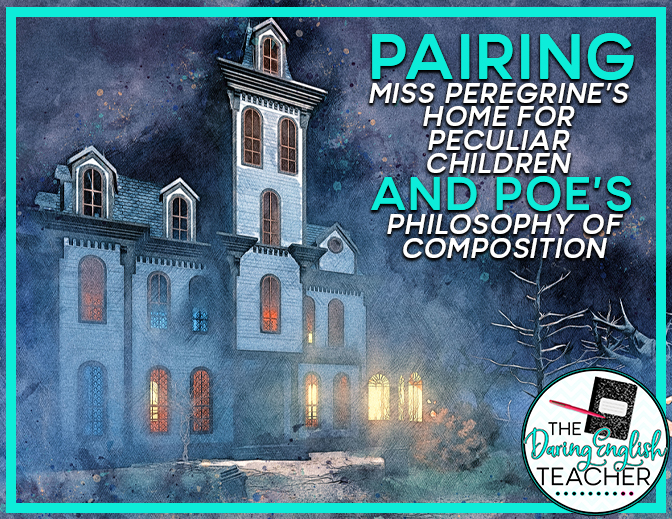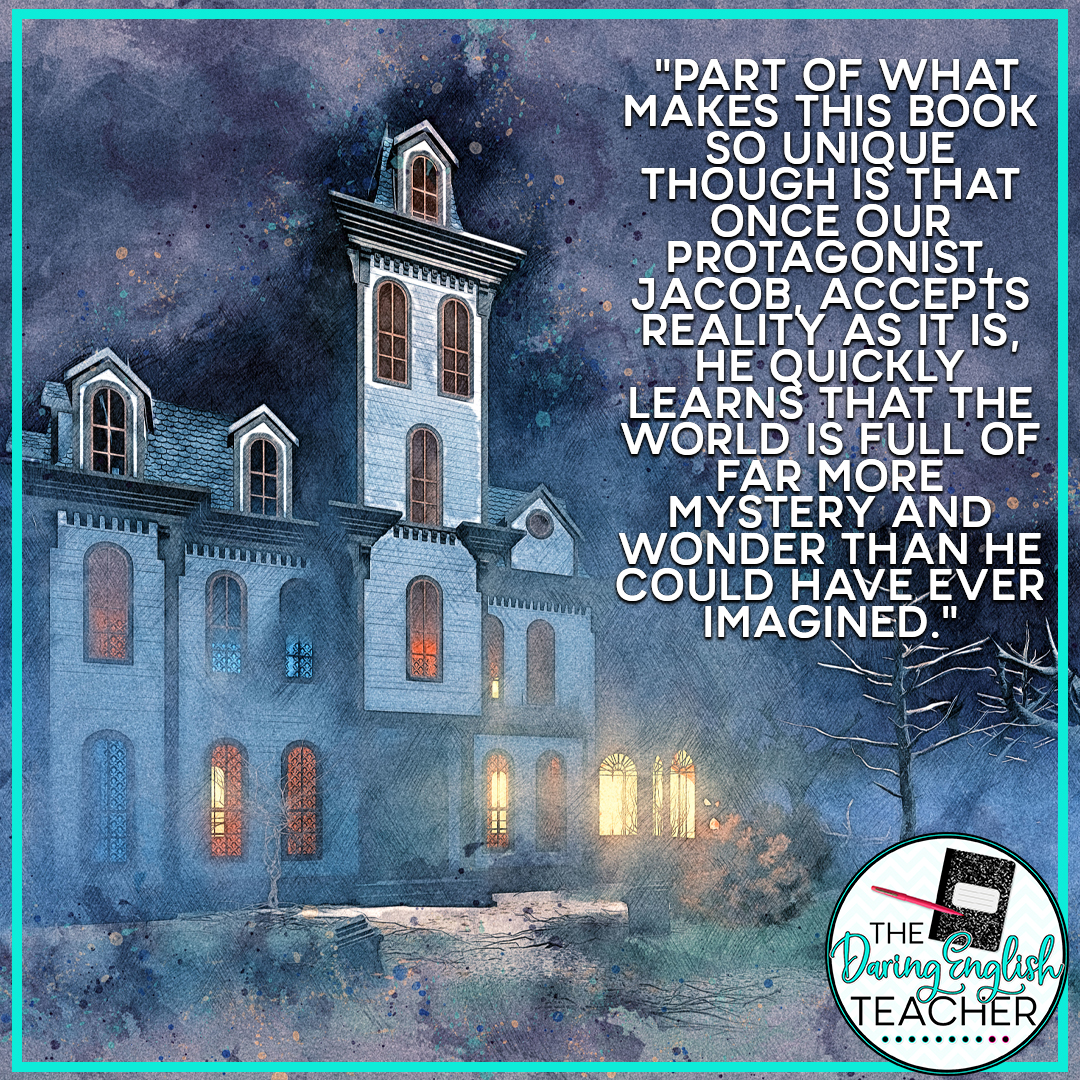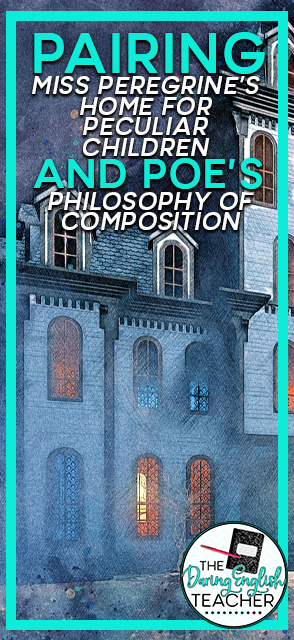Miss Peregrine’s Home for Peculiar Children by Ransom Riggs, is a strikingly unique tale about how we must all eventually grow up and learn to put the fantasies of our childhood to rest. Part of what makes this book so unique is that once our protagonist, Jacob, accepts reality as is, he quickly learns the world is full of far more mystery and wonder than he could have ever imagined.
Riggs deploys a trick on the reader one rarely comes across—The big twist is not the shocking finale; instead, it takes place about a quarter of the way through the novel. This catalyzes a fantasy-adventure story, so full of action and suspense; it almost reads like a different book. The first quarter of the novel is a rather sad account of Jacob struggling to comprehend his grandfather’s death. He is diagnosed with acute stress disorder and is made to see a therapist. His relationship with his parents suffers; he loses his only friend after a fight and suffers from horrific nightmares. It’s difficult to explain how masterfully Riggs handles the mechanics of his novel without going into extreme detail and spoiling absolutely everything. However, what I can tell you is that every seemingly mundane or trivial detail in the first quarter of the novel has a great significance later on, after the shocking twist.
The master of the macabre himself, Edgar Allen Poe, wrote a treatise on writing well entitled, “Philosophy of Composition.” Poe uses his famous poem, “The Raven” to illustrate how best to construct a narrative. Poe achieves this through what he refers to as, “unity of effect.”
The basic idea is that the writer should first choose the effect they wish to leave upon the reader and then construct their story or poem so that every aspect leads to that effect. The effect can be beauty or melancholy, as Poe chooses to explore in “The Raven” but it can also be suspense and surprise as well.
This more tangible unity of effect can be seen in Poe’s “The Cask of Amontillado,” in which every element has significance to the ending. For instance, Fortunato is dressed as a jester. There are two symbols here that prove significant once we know the ending: 1) Fortunato, as in fortunate and 2) His ego and love of drink allow him to be lured to his tomb. Two things, seemingly trivial at the beginning of the story, hold striking irony once the ending is revealed—Fortunato isn’t very fortunate at all and his costume choice ends up being quite symbolic, for only a fool could be led willingly to their grave.
In his essay, Poe explains how such writing can be accomplished, saying:
Nothing is more clear than that every plot, worth the name, must be elaborated to its denouement before anything be attempted with the pen. It is only with the denouement constantly in view that we can give a plot its indispensable air of consequence, or causation, by making the incidents, and especially the tone at all points, tend to the development of the intention.
Elsewhere in the essay, Poe points out that this style of writing is difficult, if not impossible, in longer works because of the time it takes to read. And though Poe fails to mention this, perhaps because he is not a novelist, novels do not lend themselves well to incredibly dense writing, such as in “The Cask of Amontillado,” in which every word leads directly to the end. To paraphrase what the great Irish novelist, John McGahern, once explained in an interview—A short story is something you can write in one go, maybe on a train ride. But a novel is like a house and there are many rooms that don’t get used but are there. In other words, novels are worlds and short stories are ideas. But Riggs seems to be challenging this in Miss Peregrine.
Riggs’ novel is constructed with all of the tightness preached by Poe and displayed in “The Cask of Amontillado,” but it’s accomplished over the course of 300+ pages. Possibly the most fascinating aspect of this novel is seeing how Riggs makes every element count and allows nothing to go to waste. Despite Rigg’s attention to detail, the novel never feels overwhelmingly dense. It reads like any good YA novel, though there are some SAT-level-vocab words that might trip up some readers.
By the end of the novel, the story devolves into a somewhat cliche fantasy story, setting up what is now an ongoing series. But the way the novel gets there is what’s interesting and worth studying with your students. Incorporating Poe’s “Philosophy of Composition,” as well as any of his stories or poems is the perfect way to not only better understand the methodology behind Rigg’s novel but to learn more about the process of writing in general.
Creative Writing Exercise
Have an assortment of random objects written on slips of paper. Place the slips into a hat and have students pull out three or more slips. Then have students use these objects in conjunction with Poe’s unity of effect. Just as the spade, family crest, and jester costume all hold significance in “The Cask of Amontillado,” have students create a short story or poem that utilizes all of their objects.




